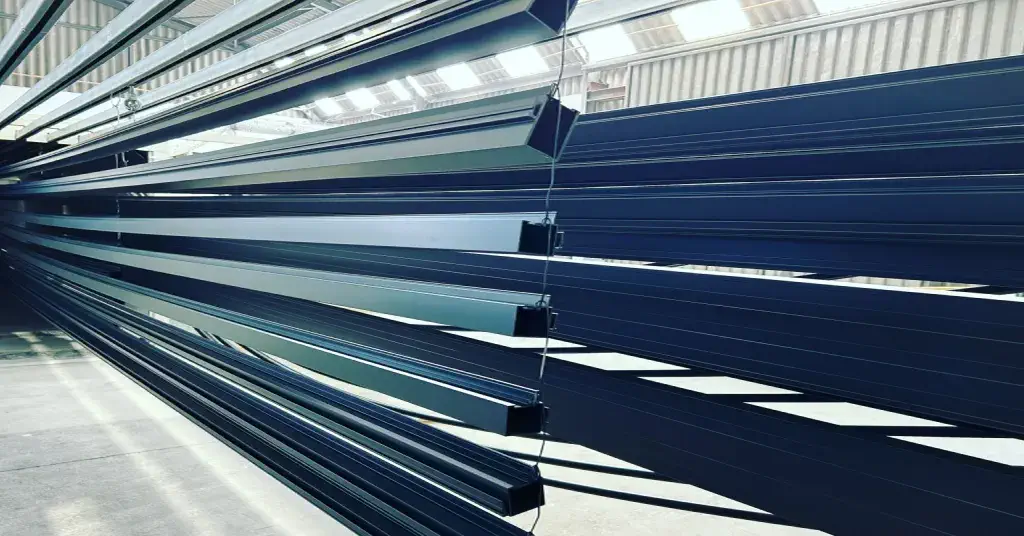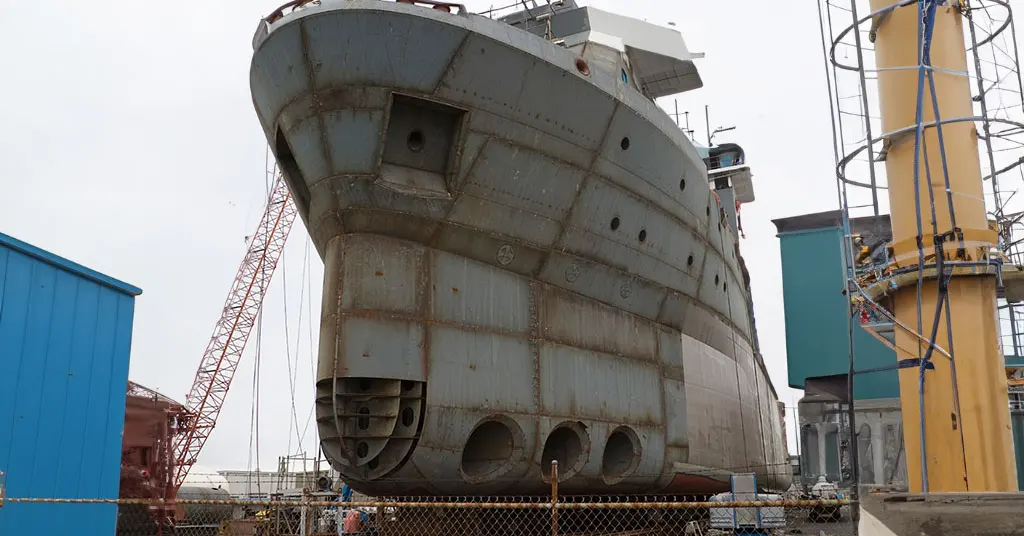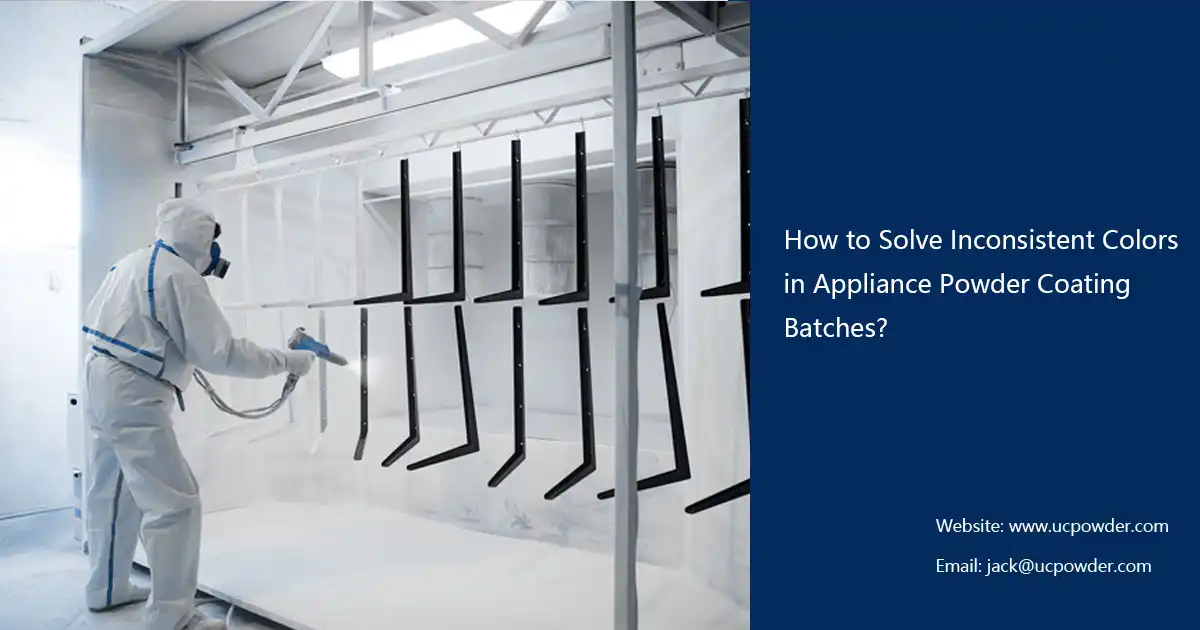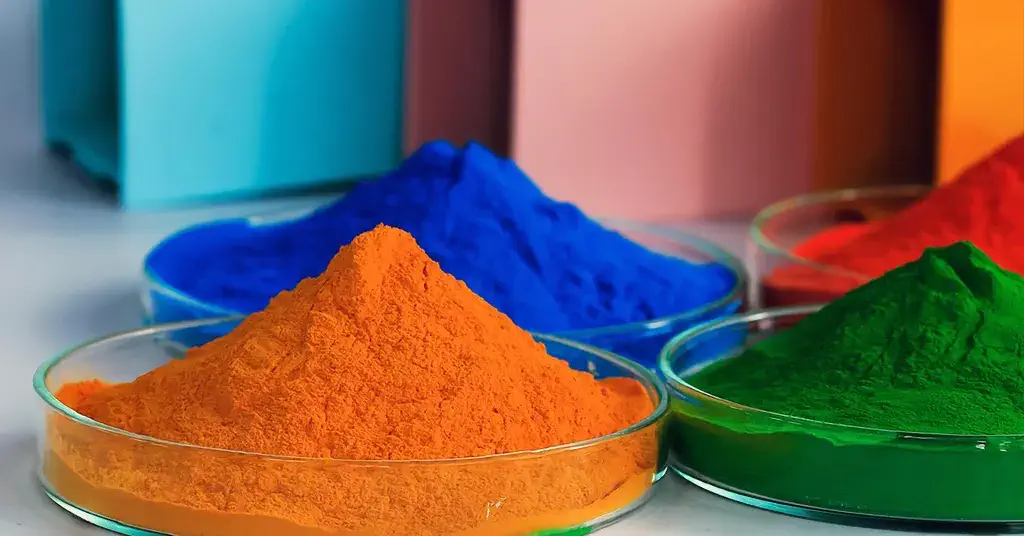How to solve the application drawbacks of ultrafine powder coatings?
Table of Contents
Ultrafine powder coating is a type of coating with a particle size less than 30 μ M’s powder coating has many advantages, such as thin coating thickness, good adhesion, strong weather resistance, and environmental protection. However, in the specific application process, ultrafine powder coatings also have problems such as poor fluidity, easy agglomeration, slow curing speed, and high procurement costs.
In order to solve the above problems, researchers in the powder coating industry have conducted extensive explorations. This article will comprehensively analyze the development of fine powder coating and the preparation methods of ultrafine powder, so that you can understand how to solve the application disadvantages of ultrafine powder coating.
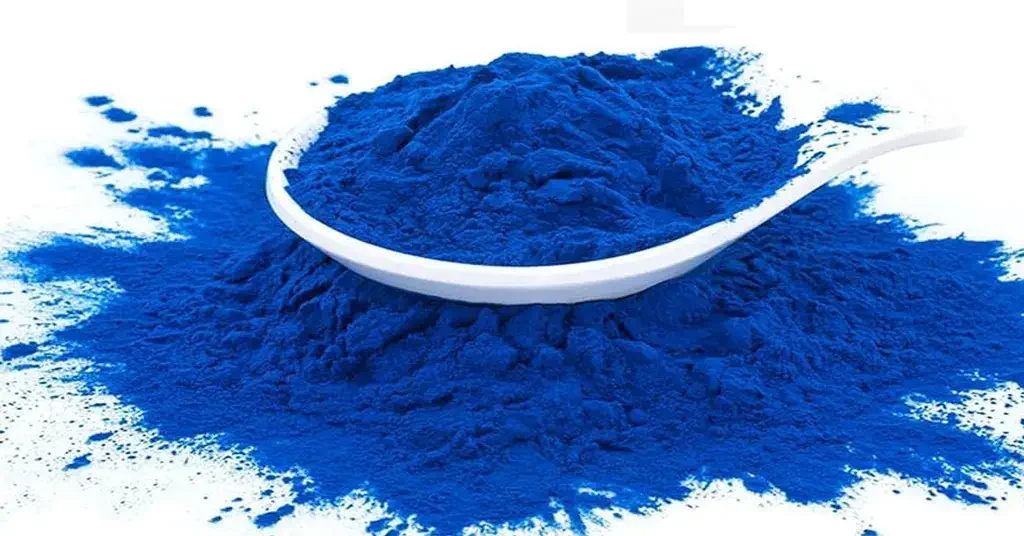
1. Why does powder coating develop towards fine powder?
The coating thickness of conventional powder coatings is usually between 60-100pm, far exceeding the thickness of ordinary paint films. This not only leads to unnecessary waste, but in some cases, too thick a coating can also cause problems such as decreased film performance. The poor apparent performance of coatings reduces the decorative properties of powder coatings, thereby limiting their application and development.
Ultra fine powder coatings can reduce the particle size of the powder, resulting in a coating with excellent surface effect and achieving a perfect thin coating effect. At the same time, it reduces the waste of powder coating raw materials, which can greatly reduce the user’s usage costs. This is the fundamental reason why powder coatings have been continuously developing towards ultra-fine particle size in recent years.
2. What are the common methods for preparing ultrafine powder coatings?
a. Mechanical crushing method
The mechanical crushing method is to continuously crush the powder coating by mechanical means after the melting, solidification, and cooling of the powder coating. The powder coating is sieved through multiple stages until its particle size is less than 20 μ M.
b.Chemical synthesis method
Chemical synthesis is the process of generating basic particles of a substance through chemical reactions, which then undergo nucleation, growth, and condensation to form ultrafine powder coatings.
In terms of the current development direction of ultrafine powder coating preparation, chemical synthesis methods have become the mainstream, and have more advantages than mechanical crushing methods in terms of functionality, powder coating quality, and convenience of process adjustment and control.
3. Requirements for ultra-fine powder coatings
Ultra fine powder coatings can achieve flat thin coatings, which means that powder coatings characterized by ultra-fine powder thin coatings may have some special technical requirements for both coatings and coatings.
Normally, powder coatings require a low melting viscosity of the resin, but the glass transition temperature of the resin cannot be low; Pigments have good dispersibility and strong covering power; The particle size of the powder should be small and the distribution should be narrow, which requires good crushing and grading effects of the crushing equipment.
a. Strong covering power
The ultra-fine powder obtained through ordinary formula does not have sufficient covering power when the coating is below 50mm, especially for white products, which cannot meet the requirements in actual coating.
For this reason, we have appropriately increased the content of pigments to give them high covering power like liquid paint. Among them, white products are more special, and we must choose the strongest covering power, rutile type titanium dioxide, and increase the dosage at the same time, otherwise we cannot meet the requirements.
As the film thickness decreases, the sensitivity of the coating to covering power increases exponentially. During the development process, we found that it is necessary to consider taking a series of measures to prevent uneven melting of the product as the pigment content increases.
One is to use resins with good melting performance; The second is to use titanium dioxide with good melting performance or titanium dioxide that has undergone encapsulation treatment. In addition, it is necessary to enhance the kneading effect during extrusion. Therefore, to achieve very good covering power, corresponding improvements need to be made in the powder formula.
b. Good leveling performance
The leveling and sagging phenomena of ordinary powder coatings are a pair of contradictions. When the leveling is good, it is easy to sag. Ultra fine powder coatings are less prone to sagging due to thin coating, so the amount of leveling agent can be increased to achieve better leveling performance. Ultra fine powder, due to its uniform particle size, results in a coating product with a very smooth coating surface.
c. The Charge Performance of Powder Coatings
Ultra fine powder has a small mass and is not easy to powder. In theory, some power enhancing agents should be added to improve the powder loading rate. However, in practical applications, it has been found that a lower one-time powder loading rate is actually an advantage.
Due to the low powder loading rate, the selectivity of spraying is enhanced, making it easy to obtain a uniform coating thickness during spraying. Because ultrafine powder solves the fundamental problem of powder fluidization, there is no problem with the recycling and use of ultrafine powder.
d. Cost factors
Due to the significant reduction in film thickness, the cost of ultrafine powder coating will be greatly reduced. But the percentage of cost reduction is not directly related to the percentage of powder savings. Due to the increased production costs caused by the use of many high-end raw materials, ultrafine powder is usually much more expensive than ordinary powder.
However, the cost increase of white ultrafine powder products is higher than that of other color products due to the extensive use of high-end titanium dioxide. The cost of dark ultrafine powder increases very little. Overall, ultrafine powder coating still has significant advantages in overall cost, and the more high-end products, the more significant the cost reduction.
The market experience in the past six months is that due to insufficient understanding of new products, customers who first use ultra-fine powder are not interested in cost reduction factors for coating. Their driving force is to improve product grade in order to achieve a flat surface effect. Of course, even though the cost savings now are significantly higher than the cost increase.
4. Coating of ultrafine powder coatings
a. Spraying equipment and processes
The quality of ultrafine powder coatings is relatively small, with a large surface area. Although the charge of individual particles is relatively small, the overall charge increases significantly. So it can completely solve the fluidization problem in the powder spraying process without the need to improve the existing powder coating spraying equipment.
But the spraying process needs to be slightly changed according to specific situations, such as shortening the spraying distance of powder coating and reducing the voltage of the powder spraying gun.
b. Recycling performance and repainting performance
The commonly used recycling systems now include cyclone recycling and filter bag recycling. Both methods can effectively recover all unused powders. Both coarse and ultrafine powders contain particles of various sizes, but with varying proportions of content.
Although the average particle size of ultrafine powder is much smaller than that of coarse powder, its particle size is within the range of existing recycling equipment design. It can be said that normal recycling is not a problem. Recycled powder usually has a smaller particle size than the powder used for the first time.

Erik
Doctor of Chemical Engineering, expert in the field of powder coatings, with over 20 years of professional experience in the research and application of powder coatings
Have Anything To Ask Us?
